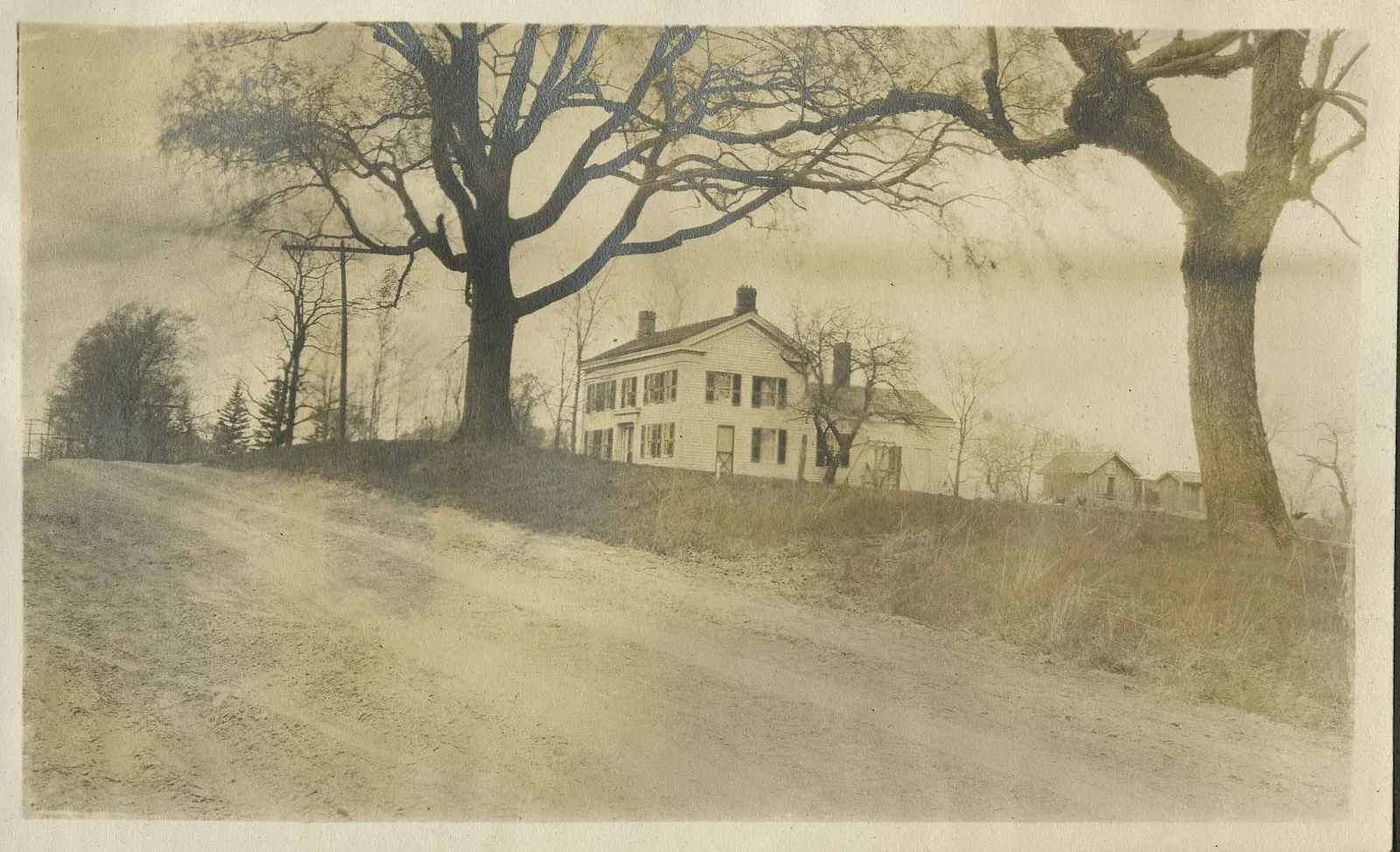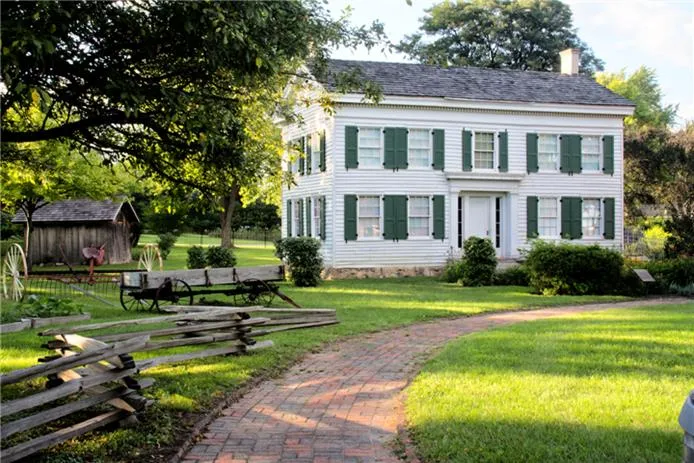Caswell House

In colonial America, Georgian architecture was associated with Roman republican values, while Greek revival styles symbolized the democracies of ancient Greece. Solomon Caswell built his home in 1832 and blended both styles. The shape of the house, its central entryway on the wide side of the building, and symmetrically arranged windows and interior spaces all reflect Georgian style. The narrow sidelights on either side of the door, pilasters or columns, and the cornices are Greek revival features. Instead of a fireplace, the house used safer and more efficient wood stoves to cook food and warm the house. The stovepipes ran up through the two second floor bedrooms to provide radiant heat. As the first building moved into the Village in 1968, Caswell House is one of two Troy buildings on the National Register of Historic Places. The other is the fieldstone Brooks farmhouse on Big Beaver Road, and is now the headquarters of the Kresge Foundation.

Caswell House Origin: Pioneer Solomon Caswell built this home in 1832 on Adams Road just north of Big Beaver Road. Solomon, his children, and grandchildren were the only people to ever reside in the home.

Caswell Move: Following the death of Solomon’s grandson William Caswell, the house was sold to the North Hills Christian Reformed Church congregation, which donated the house to the Troy Historic Village. The Troy Historical Society raised $8,400 to move the house in 1968. The North Hills Church now stands on the footprint of the pioneer’s home.

Caswell in the Village: The Caswell House was the first historic structure relocated to the Village where it was restored. It is one of two buildings in Troy on the National Register of Historic Places. (The fieldstone farmhouse at the Kresge Foundation headquarters on Big Beaver Road is the other Troy building on the National Register).